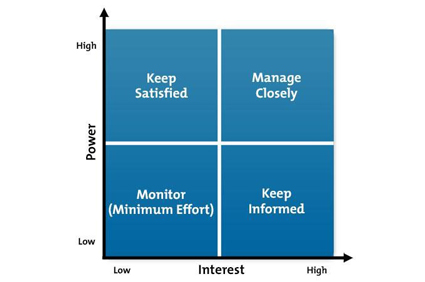The most successful client relationships are built on trust, open communication, and realistic expectation-setting. Understanding your client’s needs, pain points, and objectives is key to determining the solution you can offer.


The most successful client relationships are built on trust, open communication, and realistic expectation-setting. Understanding your client’s needs, pain points, and objectives is key to determining the solution you can offer.

In essence, then, a project can be considered 100% complete when the client accepts that the project is finished. To remove any ambiguity, it is important to set and document acceptance criteria before work is started on a project. This should be done at the Task level and the Project level.

The goal is to build teams that can perform at the highest level. Of course, for each company, this might look a little different from industry to industry. Some of the most important high-performance teams examples include teams that seem to implicitly know what the other is thinking, teams that can cover for each other’s weaknesses while maximizing their strengths, and teams that can consistently meet their deadlines without sacrificing quality. In essence, this is what high-performance teams bring to the table each and every day.

Good companies have leaders that are decisive when it comes to steering the organization’s course. They know how to build strong relationships and provide open communication with their employees. They motivate their team and hold everyone to high standards of responsibility and accountabilit